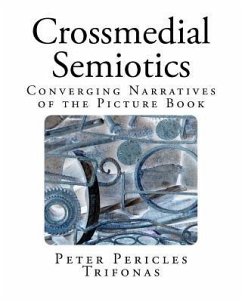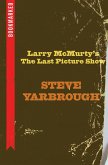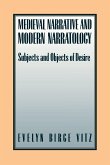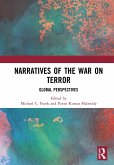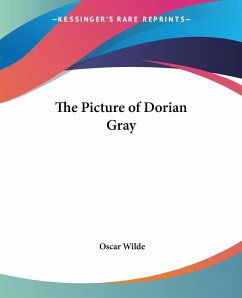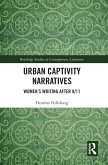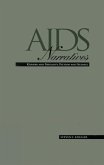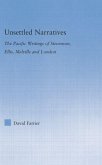The research comprising this book was originally undertaken in the early 1990s before the notion of multimodality. Rather than reconstitute well-worn analytical approaches to the picture book, it was and still is necessary to step back from traditional paradigms and take another vantage point that in itself would "fuse" the sometimes disparate pedagogical, literary, and aesthetic aspects of the genre. To explain the levels of semiotic interaction both within the lexical and visual narrative texts of the picture book and between the picture book and the reader/viewer. How does the narrative textual form of the picture book work, both lexically and visually, as a crossmedial semiotic system of signs and codes to create meaning? The textual form of the picture book, as in any literary or visual artistic work, functions to enable the reader or viewer to create meaning. In order to understand how meaning is created through the unique crossmedial narrative form of the picture book, it is essential to identify the basic lexical and visual textual components in the picture book to create a structural basis for the semiotic analysis of their interaction within the medium in the presence of a reading/viewing consciousness which actualizes textual hermeneutic potential. An explanation of the relationship between the reader and the text is concomitant to isolating the structural aspects of textual form that function as a vehicle to facilitate the reader/viewer with visual cues upon which to furnish cognitive, affective and aesthetic hypotheses, thereby allowing the researcher to analyze in semiotic terms the cognitive, affective and aesthetic responses required or initiated during the reading/viewing process as a crossmedial meaning-making activity.
Hinweis: Dieser Artikel kann nur an eine deutsche Lieferadresse ausgeliefert werden.
Hinweis: Dieser Artikel kann nur an eine deutsche Lieferadresse ausgeliefert werden.

